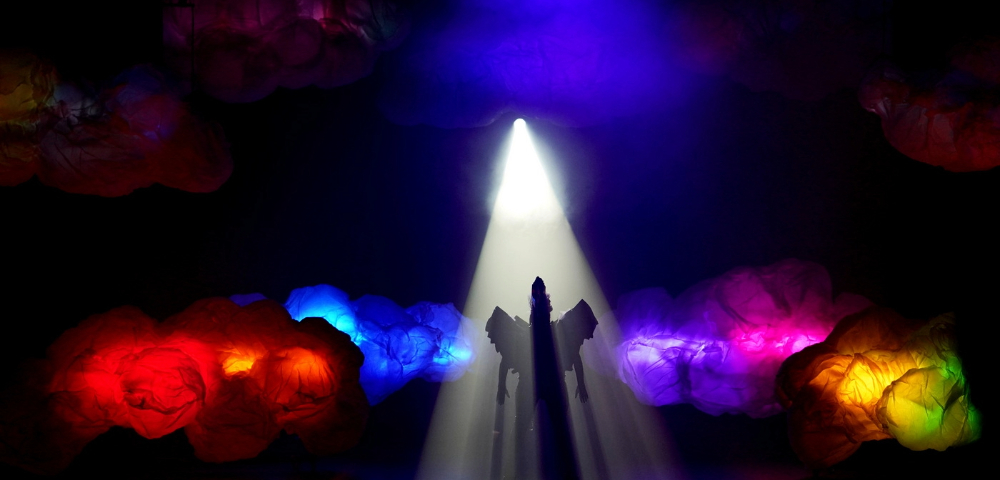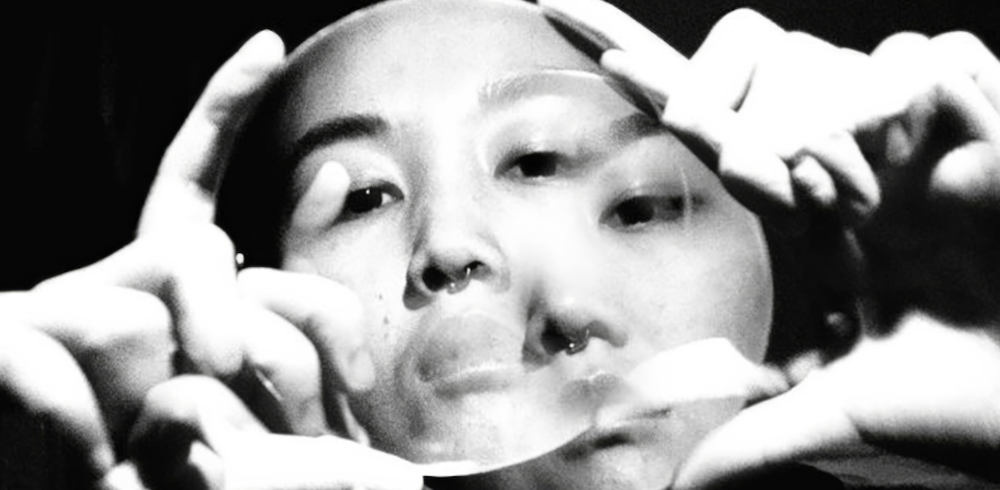
EXHIBITION: WILDERNESS
The landscapes of Balnaves’ Contemporary Painting exhibition are those that dwell inside of us; shadowy half-remembrances, media montages, dreams flattened. Although the title Wilderness suggests perspective, horizon and other tropes traditionally associated with landscape, in most pieces distance has been decimated. There is no Ned Kelly against an eggshell-blue sky (walk across to the Nolan room for that), no wily, elastic eucalyptus trees beneath which Aborigines dance from the man who “Invented Australian landscape painting,” John Glover, no Tracey Moffatt-esque photos of dusky red towns populated with local geishas. In the Australian landscape canon, the horizon has been ever-present – an ‘over there’ that is constantly felt in such a vast, unpopulated land. But in Wilderness the field of vision has inched closer, sometimes claustrophobically so.
As you walk up the stairs to the Rudy Komon gallery you are silently greeted by Del Kathryn Barton’s 2009 we too have been there, though we shall land no more. Distant mountains hover – and yet the incredible intricacy of the up-close overwhelms you. Tasmanian tigers paw at alien bodies, electric rainbow serpents writhe, a doe-eyed wallaby sadly hides behind a man with a rather large penis. Australiana has been inverted, tripped out, placed in a flat no-time of pictorial elaborateness. It’s a fitting opening to Wilderness; which is both Australian and not, both referencing an ‘over there’ and negating its relevance. Tony Clark’s Sections from Clark’s Myriorama (2010) deals with this quite deliberately. It references an 1824 parlour game devised by John Clark (name a coincidence, we think), in which cards with a shared horizon could be shuffled and set up in endless variations; a landscape of your devising. Throughout, these are fantasy slices of ‘nature’ – Fiona Lowry’s airbrushed waterfalls more a reference to Photoshop than any real place, Julie Fragar’s Death of a stag – our dear hunter (Jason) (2008) the macho space of hunting is held up like a specimen and overlaid with text. The huge, psychologically menacing black and white thickets of Andrew Browne’s Curtain (2008) exemplifies the new ‘nature’ in Australian painting. It could exist anywhere. It leads to an inky black nowhere. And due to the vantage point, it places you right in the middle of it – it comes from where you are.
Until May 23, Art Gallery of New South Wales, free, 9225 1700, artgallery.nsw.gov.au










